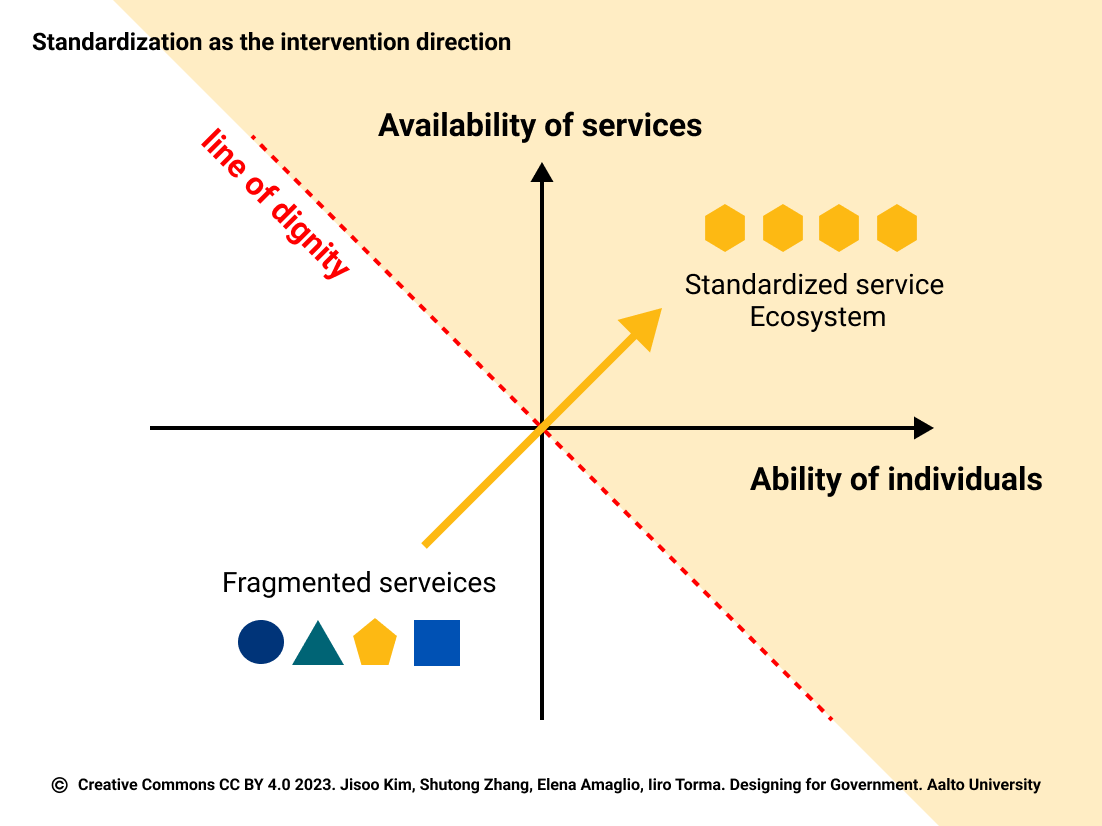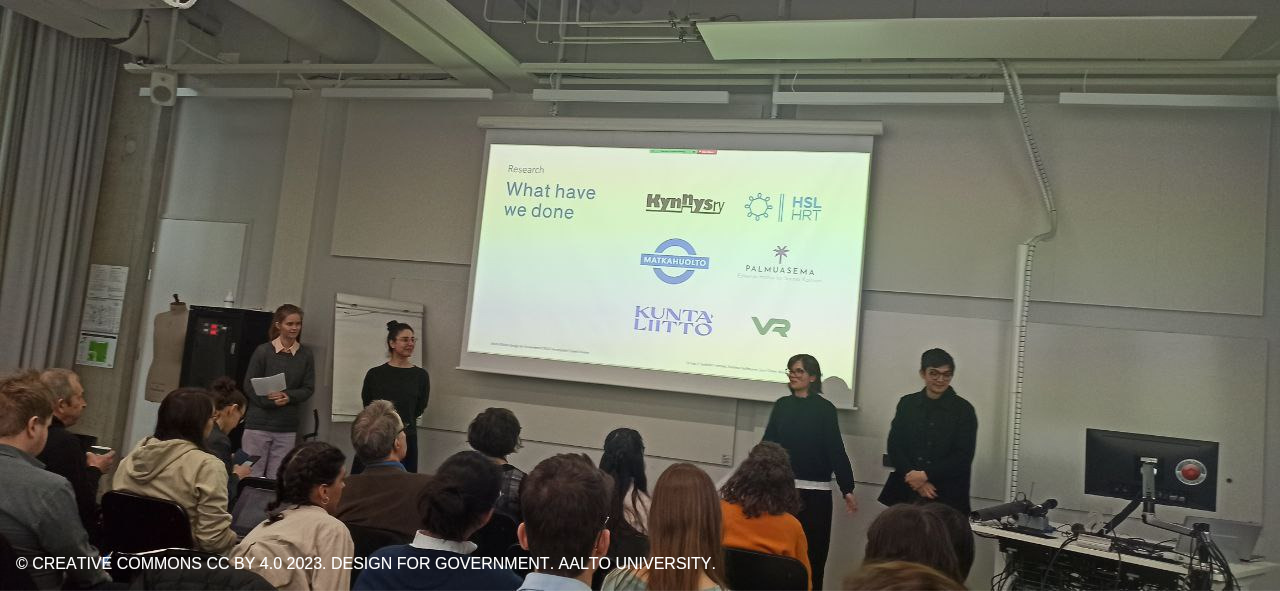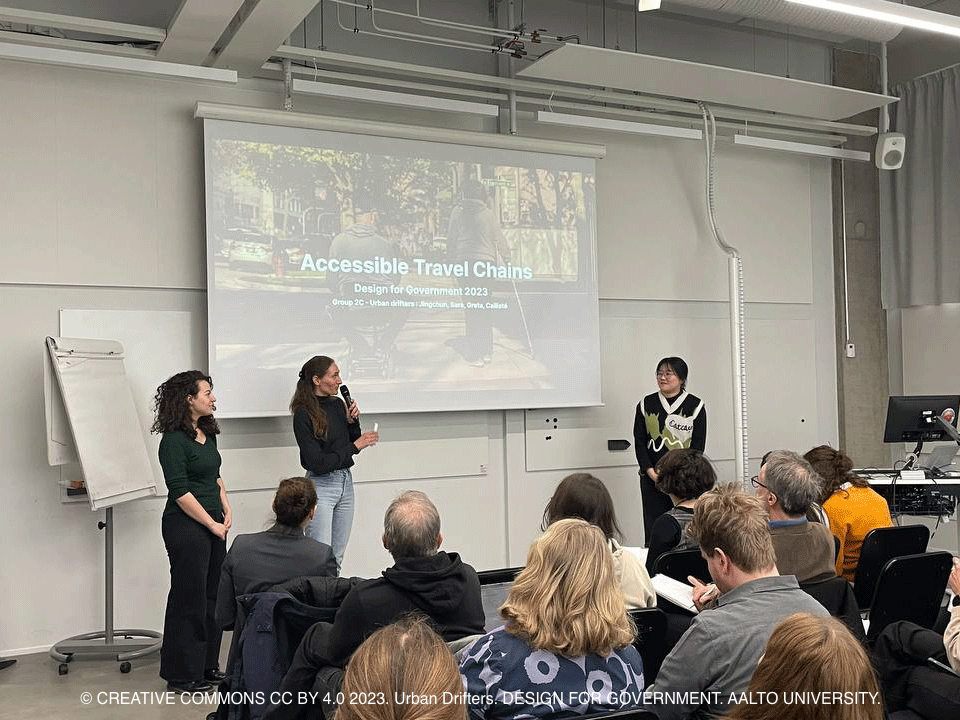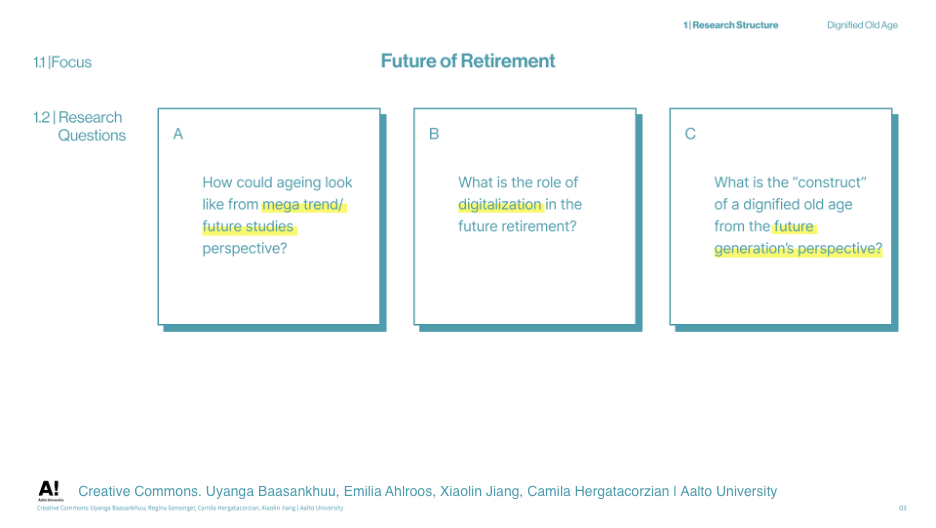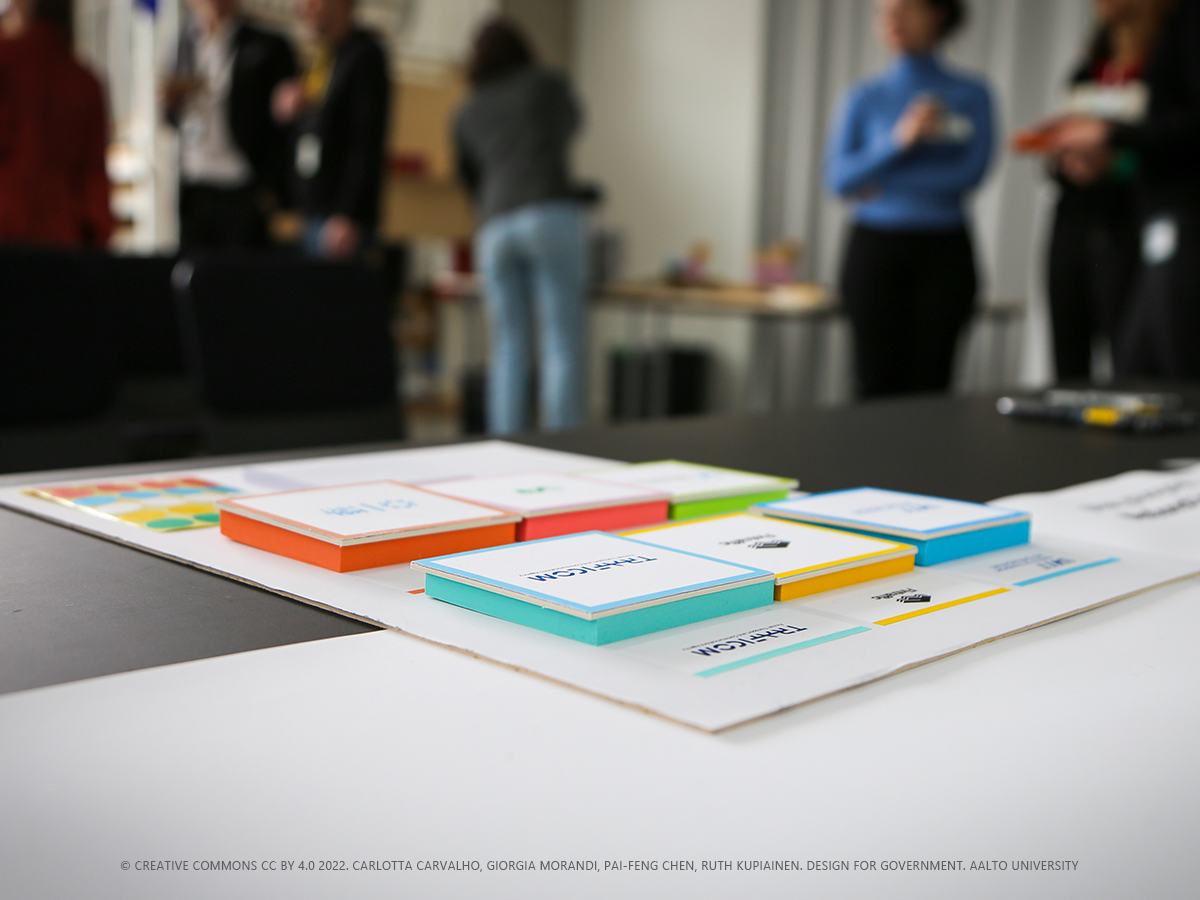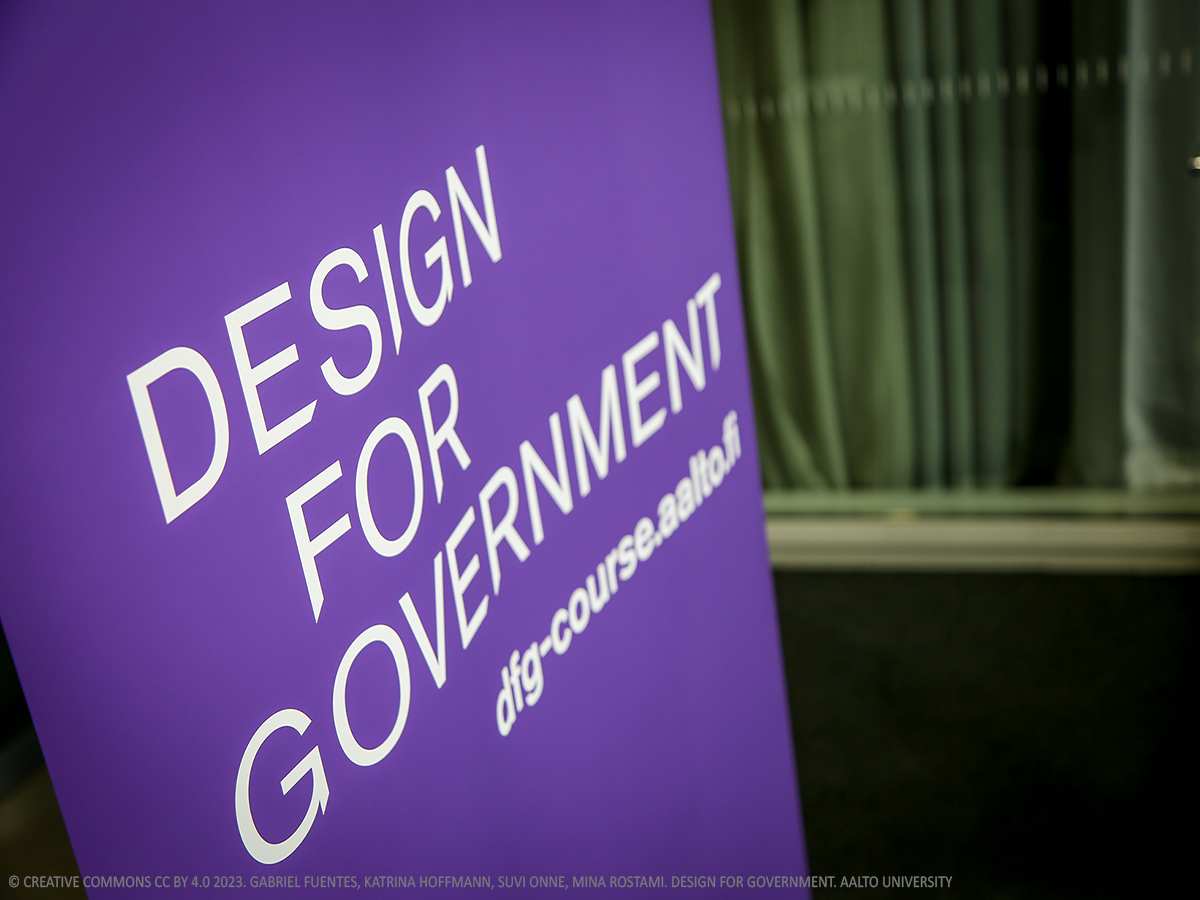Dignified retirement: standardizing services for a seamless transition
What are the current standards and objectives of digitized services? Do users and providers share the same expectations and goals? Group 1A members, in collaboration with DVV and the Finnish Ministry of Finance, investigate the existing service system to identify a leverage point where the needs of users and service providers can align.

